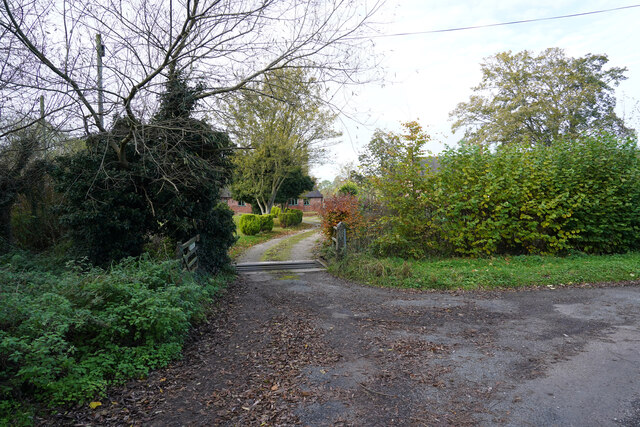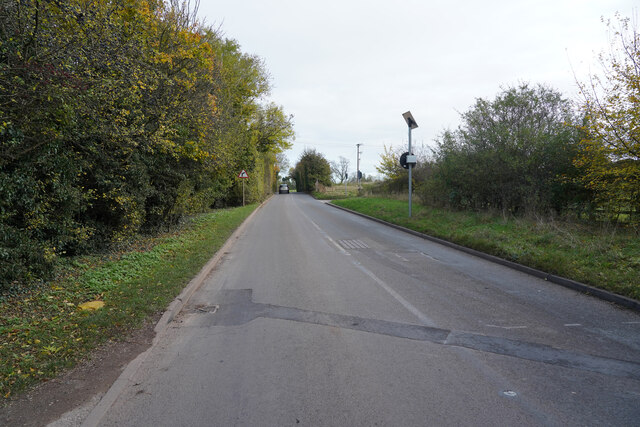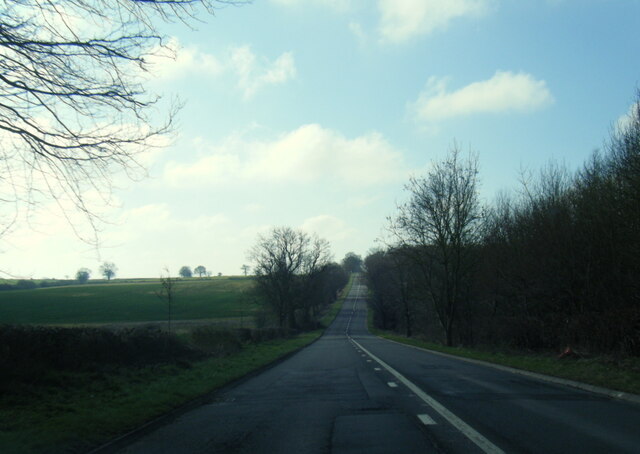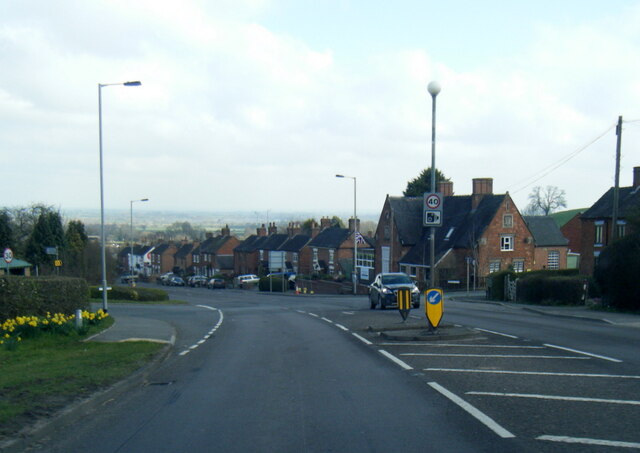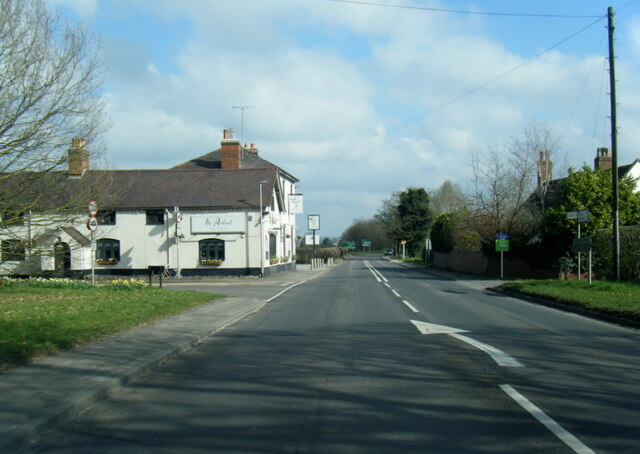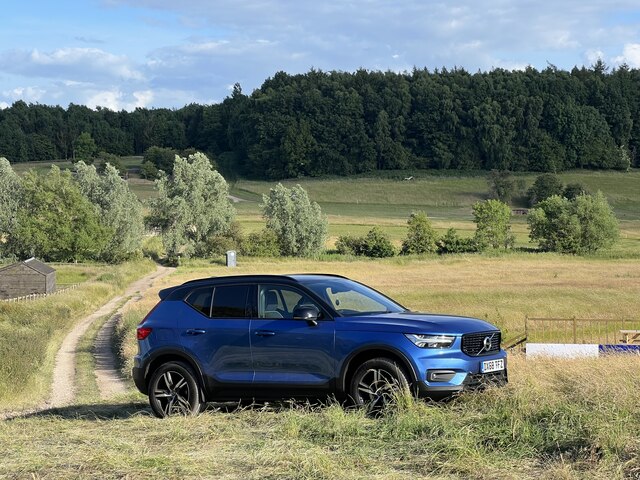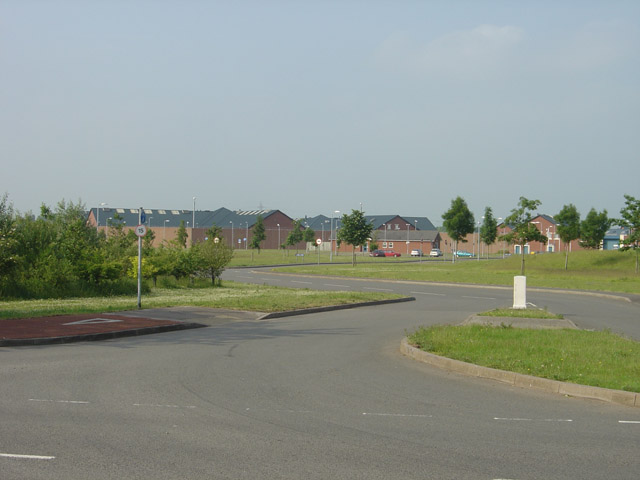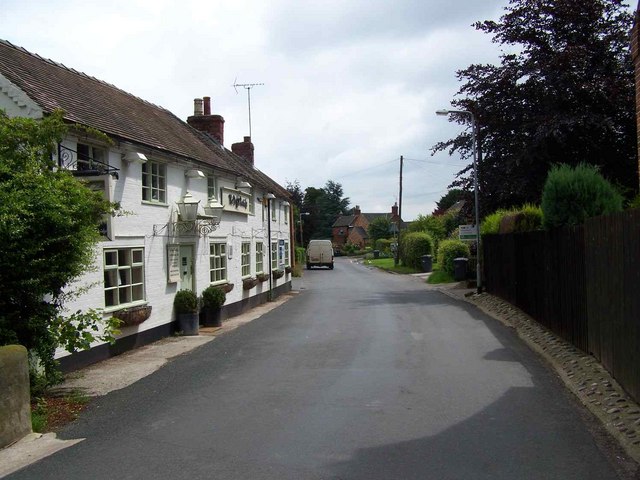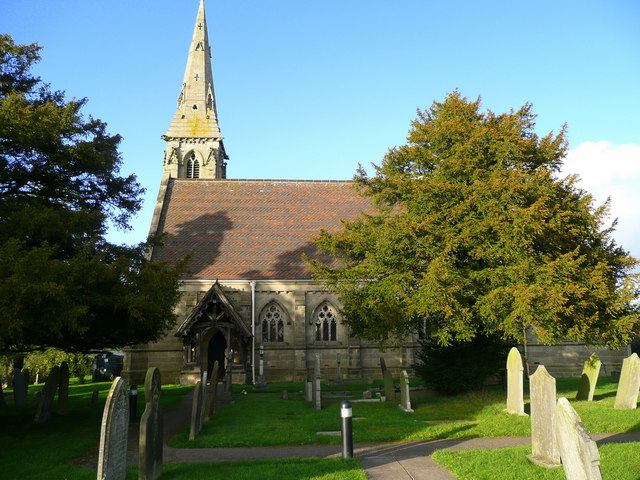Banktop Wood
Wood, Forest in Staffordshire East Staffordshire
England
Banktop Wood
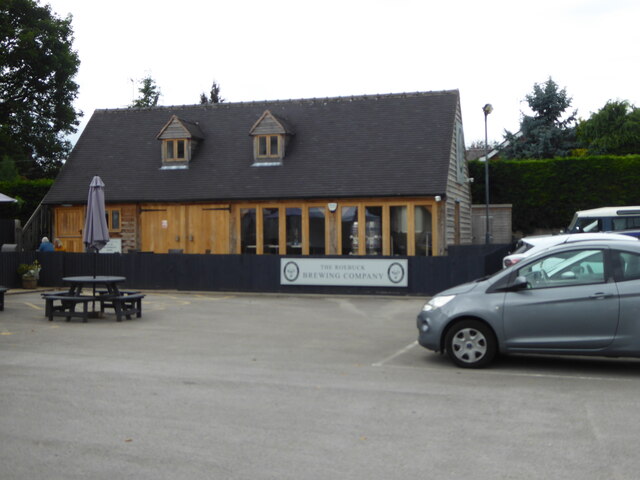
Banktop Wood is a charming woodland area located in Staffordshire, England. Spanning over an area of approximately 50 acres, this woodland offers a serene and picturesque escape from the hustle and bustle of city life. The wood is situated on the outskirts of the village of Banktop, nestled between rolling hills and meandering streams.
The woodland is predominantly made up of native broadleaf trees, including oak, beech, and birch, which create a vibrant and diverse ecosystem. The dense canopy of the trees allows for minimal sunlight to penetrate the forest floor, resulting in a cool and damp environment that supports a rich variety of flora and fauna.
Visitors to Banktop Wood can enjoy a network of well-maintained walking trails that meander through the woodland. These trails offer an opportunity to explore the wood at leisure, taking in the sights and sounds of nature. Along the way, one may encounter a plethora of wildlife, including deer, squirrels, and various bird species.
Banktop Wood also provides a habitat for a range of woodland plants, such as bluebells, wood anemones, and wild garlic. During the spring months, the forest floor is transformed into a vibrant carpet of blooming flowers, attracting nature enthusiasts and photographers alike.
In addition to its natural beauty, Banktop Wood is also steeped in history. The woodland has been a part of the local landscape for centuries, and remnants of ancient boundary walls and ditches can still be seen, serving as a reminder of the area's past.
Overall, Banktop Wood in Staffordshire offers a tranquil retreat for nature lovers, providing an opportunity to reconnect with the natural world and immerse oneself in the beauty of the Staffordshire countryside.
If you have any feedback on the listing, please let us know in the comments section below.
Banktop Wood Images
Images are sourced within 2km of 52.854997/-1.7953602 or Grid Reference SK1328. Thanks to Geograph Open Source API. All images are credited.
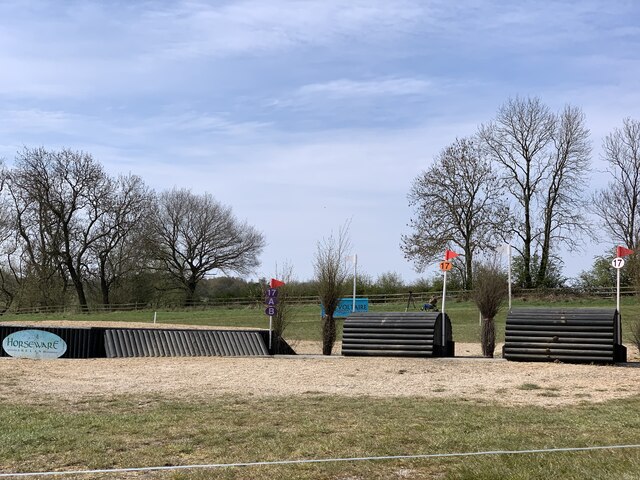
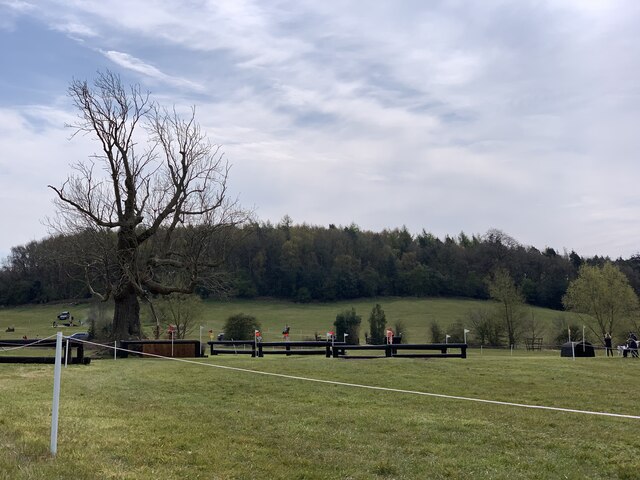
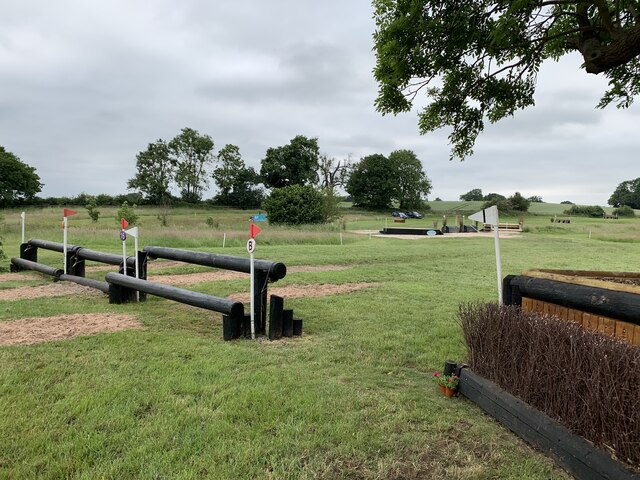




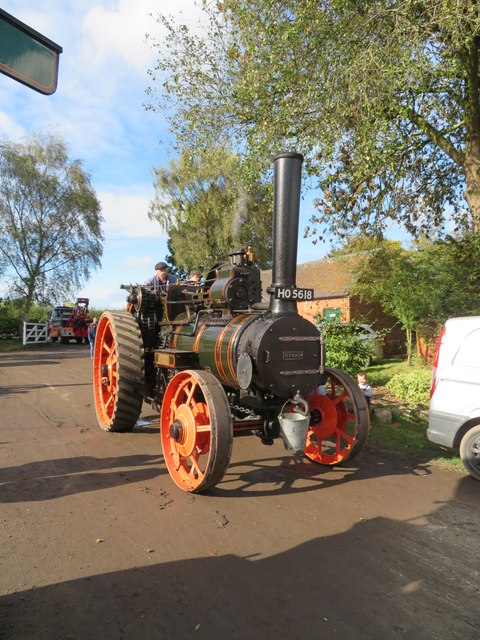
Banktop Wood is located at Grid Ref: SK1328 (Lat: 52.854997, Lng: -1.7953602)
Administrative County: Staffordshire
District: East Staffordshire
Police Authority: Staffordshire
What 3 Words
///mega.watching.nightcap. Near Doveridge, Derbyshire
Nearby Locations
Related Wikis
Draycott in the Clay
Draycott in the Clay is a village and civil parish within the English county of Staffordshire. == Location == The village is located between Uttoxeter...
HM Prison Dovegate
His Majesty's Prison Dovegate is a Category B men's private prison, located near Uttoxeter in Staffordshire, England. The prison is operated by Serco....
St Peter's Church, Marchington
St Peter's Church is a Church of England church in Marchington, Staffordshire. It is the only church in the parish of St. Peter Marchington. == History... ==
Marchington Woodlands
Marchington Woodlands is a village and former civil parish, now in the parish of Marchington, in the East Staffordshire district, in the county of Staffordshire...
Marchington
Marchington is a small village in East Staffordshire, England. It lies between the towns of Burton upon Trent and Uttoxeter. Marchington has a small...
Marchington railway station
Marchington railway station was a railway station in Marchington, Staffordshire which opened in 1854 and closed in 1958. It was on the Crewe to Derby Line...
Burton (UK Parliament constituency)
Burton is a constituency represented in the House of Commons of the Parliament of the United Kingdom. It elects one Member of Parliament (MP) by the first...
St John's Church, Marchington Woodlands
St. John's Church, Marchington Woodlands is a parish church in Marchington Woodlands, Staffordshire, United Kingdom. Built in 1859, this small country...
Nearby Amenities
Located within 500m of 52.854997,-1.7953602Have you been to Banktop Wood?
Leave your review of Banktop Wood below (or comments, questions and feedback).
